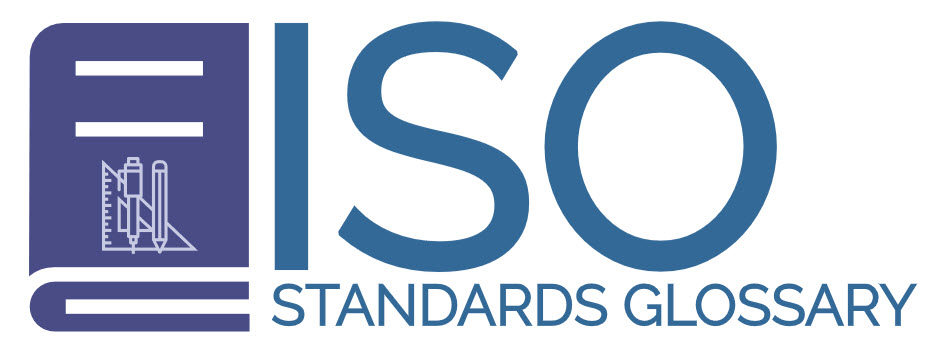Understanding ISO 9001 Certification
ISO 9001 is a globally recognized standard for quality management systems (QMS). It provides a framework for businesses to ensure consistent quality in their products and services while meeting customer and regulatory requirements. Achieving ISO 9001 certification is not just about obtaining a badge of honor but about enhancing business operations. The following sections explore the various aspects of ISO 9001 certification and the impact it has on an organization’s overall success.
Quality Management System Implementation
The implementation of an ISO 9001-compliant QMS begins with a thorough documentation of processes, procedures, and responsibilities. This phase of implementation aims to enhance the organization’s ability to deliver products and services that meet or preferably exceed customer expectations. Emphasis on a robust documentation system is crucial as it enables businesses to identify inefficiencies and uncover areas that necessitate improvement.
By mapping out each step of its processes, an organization can easily track deviations, understand root causes, and implement corrective actions efficiently. The documentation acts as a living guide for employees, providing clear instructions and setting performance benchmarks that streamline efforts towards achieving consistent quality output.
Improved Process Efficiency
ISO 9001 certification emphasizes the need for businesses to streamline their processes, which can result in significantly increased operational efficiency. By adhering to standardized procedures, organizations can effectively minimize waste, reduce errors, and optimize resource allocation. This focus on efficiency not only helps in cutting operational costs but also improves customer satisfaction by enabling the provision of reliable and consistent products.
Implementing ISO 9001 standards ensures that businesses periodically review and refine their processes, leading to continuous enhancement in operational efficacy. This cycle of optimization reduces redundancy and encourages the adoption of best practices, promoting a culture of ongoing improvement.
Greater Customer Satisfaction
At the heart of ISO 9001 is the drive to improve customer satisfaction. The standard requires businesses to focus intensively on understanding and meeting customer needs and expectations. ISO 9001 mandates the feedback loop wherein customer feedback is actively gathered, analyzed, and incorporated into service and product development processes.
Aligning services with customer requirements ensures enhanced client loyalty and a possible expansion of market share. Consequently, improved customer satisfaction often translates into repeat business, positive referrals, and forms the bedrock for longstanding business relationships. Organizations that manage to maintain high levels of customer satisfaction under ISO 9001 standards thrive and secure a competitive edge in their industries.
Risk Management and Continual Improvement
Risk management forms a fundamental component of the ISO 9001 framework. It empowers businesses to identify potential risks, evaluate their impact, and develop mitigation strategies proactively. By addressing issues before they materialize, organizations enhance their operational resilience and safeguard business continuity.
Besides risk management, ISO 9001 fosters a culture of continual improvement. The standard compels businesses to conduct regular audits and reviews, encouraging an environment where processes and systems are continually refined. Such ongoing improvement cycles help organizations adapt to market changes swiftly and maintain their competitive advantages.
Regular internal audits aligned with ISO 9001 standards not only assist in highlighting areas that require adjustments but also in ensuring compliance with industry regulations, enhancing overall process reliability and performance.
Enhancing Employee Engagement
ISO 9001 certification involves active employee participation across all organizational levels, from top management to frontline staff. This inclusive approach ensures that everyone in the organization is aligned with the quality objectives, fostering a sense of ownership among employees.
Active engagement entails clear communication of quality goals, understanding individual responsibilities within the QMS, and encouraging feedback and suggestions from employees. By developing an environment of shared commitment to quality, organizations can cultivate a more motivated and efficient workforce. Employee involvement in the ISO 9001 implementation process often results in innovative solutions, increased job satisfaction, and reduced turnover rates.
Market Competitiveness and Brand Reputation
ISO 9001 certification is perceived by many customers and partners as a mark of quality and reliability in the marketplace. It stands as a testament to a company’s commitment to quality standards. This perception leads to improved trust and credibility, opening up new business opportunities and enabling companies to compete more effectively on a global scale.
ISO 9001 certification propels companies into the spotlight, often being a differentiating factor that draws in new customers or establishes stronger relationships with existing ones. Additionally, it can positively impact brand reputation, reinforcing trust among stakeholders and contributing to an organization’s overall image reliability.
Conclusion
In essence, ISO 9001 certification transcends mere compliance; it reshapes business operations by focusing on aspects such as process efficiency, customer satisfaction, risk management, and employee engagement. For businesses looking to enhance their market reputation and operational performance, pursuing ISO 9001 certification stands as a strategic move capable of driving long-term success.
The structured approach provided by ISO 9001 ensures that companies not only achieve immediate improvements but also cultivate a sustainable growth trajectory, enabling them to respond dynamically to future challenges and opportunities within the global market. For further information on ISO 9001 certification, visit the ISO official site.

